Posted on 9/27/2024
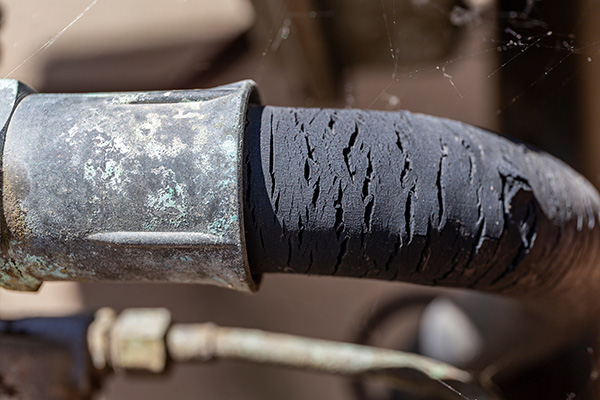
Your car is made up of many interconnected parts, and the hoses running through it play a critical role in keeping your vehicle functioning as it should. These hoses carry essential fluids, such as coolant, brake fluid, and power steering fluid, to various parts of your car. However, as with any component, wear and tear over time can lead to cracks or leaks. Ignoring a cracked hose might seem like a minor issue, but the dangers it poses to your vehicle and your safety are far from small. What Causes Car Hoses to Crack? Car hoses are exposed to a variety of harsh conditions that can lead to cracks or weakening. Extreme temperatures—both hot and cold—cause the rubber to expand and contract, which can eventually result in cracking. Over time, exposure to chemicals, oils, and other substances can degrade the rubber, making it more prone to damage. A cracked hose may start off as a small issue, but even minor cracks can worsen quickly if not addressed ... read more
Posted on 8/30/2024
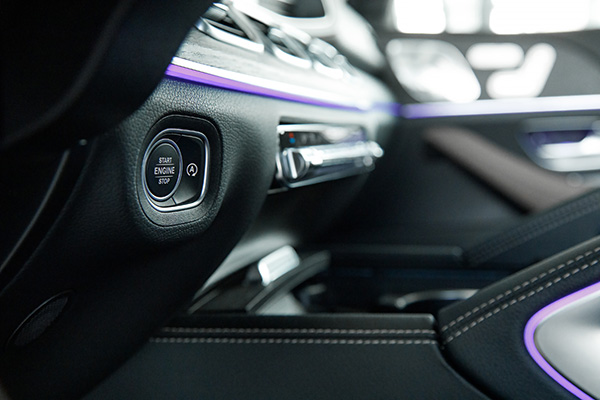
When it comes to modern automotive technology, the engine auto-start-stop system often sparks a fair bit of debate among drivers. While this feature is designed to enhance fuel efficiency and reduce emissions, it’s also surrounded by a host of misconceptions. If you’ve ever wondered whether the myths about this system are true, you’re in the right place. Let’s debunk some of the most common myths and get to the truth about engine auto-start-stop technology. Myth 1: Auto-Start-Stop Systems Wear Out Your Engine One of the most prevalent myths about engine auto-start-stop systems is that they cause premature wear and tear on your engine. The thinking behind this myth is that constant starting and stopping of the engine could strain the internal components, leading to a shorter engine lifespan. However, this couldn’t be further from the truth. Modern engines equipped with auto-start-stop technology are designed specifically to handle the fr ... read more
Posted on 7/26/2024
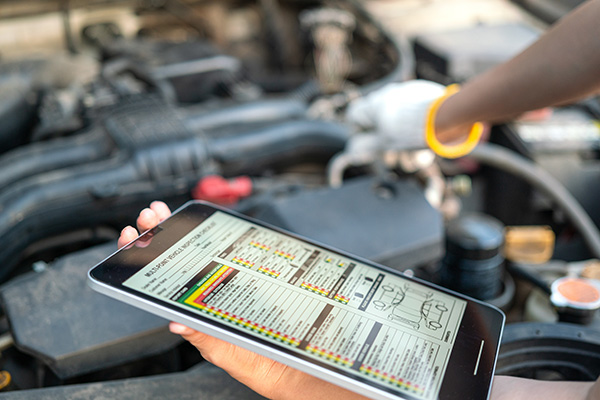
Buying a car is an exciting yet daunting experience. Whether it's a shiny new model or a reliable used vehicle, the prospect of owning a new set of wheels is thrilling. But how can you ensure that your dream car won't turn into a financial nightmare? The answer lies in a pre-purchase inspection (PPI). A PPI might seem like an additional expense, but it can save you a significant amount of money in the long run. The Importance of a Pre-Purchase Inspection A pre-purchase inspection is a thorough assessment performed by a qualified technician before you finalize your vehicle purchase. This examination covers various aspects of the car, from mechanical and electrical components to the overall condition of the vehicle. The aim is to uncover any hidden issues that could lead to costly repairs down the road. But why is this so crucial? Imagine buying a used car that appears ... read more
Posted on 6/27/2024
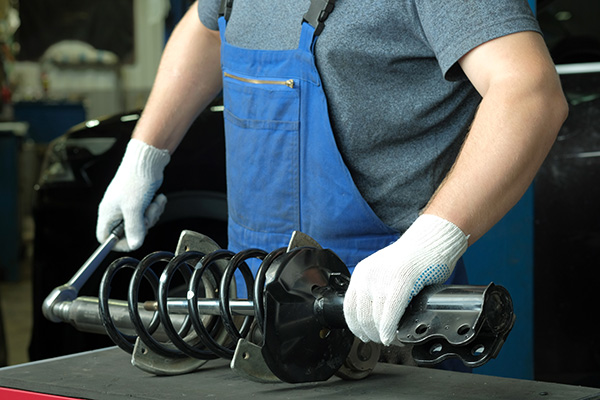
Have you ever felt like your car's handling isn't as sharp as it used to be? Perhaps it sways too much during turns or feels unstable on bumpy roads. These could be signs that your struts need replacing. Struts are a crucial component of your vehicle's suspension system, and they play a significant role in how your car handles. But can replacing struts really improve your car's handling? What Are Struts? Struts are integral parts of your vehicle's suspension system, combining the functions of shock absorbers and structural support. They are designed to absorb the impact from the road, provide stability, and support the vehicle's weight. Struts help maintain tire contact with the road, which is essential for safe driving and good handling. Good struts ensure that your car handles well, provides a smooth ride, and maintains proper alignment. They influence your vehicle's braking efficiency, steering precision, and overall stability. Over ti ... read more
Posted on 5/29/2024
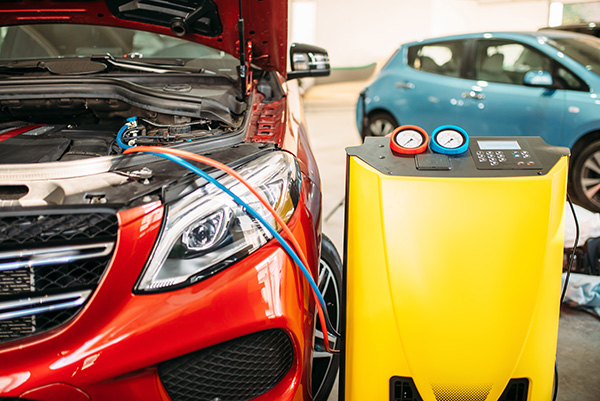
Keeping your car’s air conditioning (AC) system in top-notch condition is crucial, especially during the sweltering summer months in Texas. Many drivers, however, overlook the importance of regular maintenance for their car’s AC system. This article explores why you should vacuum and recharge your car’s AC system, highlighting the benefits and the steps involved in this procedure. The Basics of The AC System in Your Car Before discussing the vacuum and recharge process, it’s necessary to understand how your car’s AC system works. The AC system comprises several key components, including the compressor, condenser, evaporator, and refrigerant. The refrigerant circulates through the system, absorbing heat from the car’s interior and releasing it outside, thus cooling the air inside your vehicle. The Role of Vacuuming in AC Maintenance A critical step in maintaining your car’s AC system is vacuuming. Vacuuming ... read more